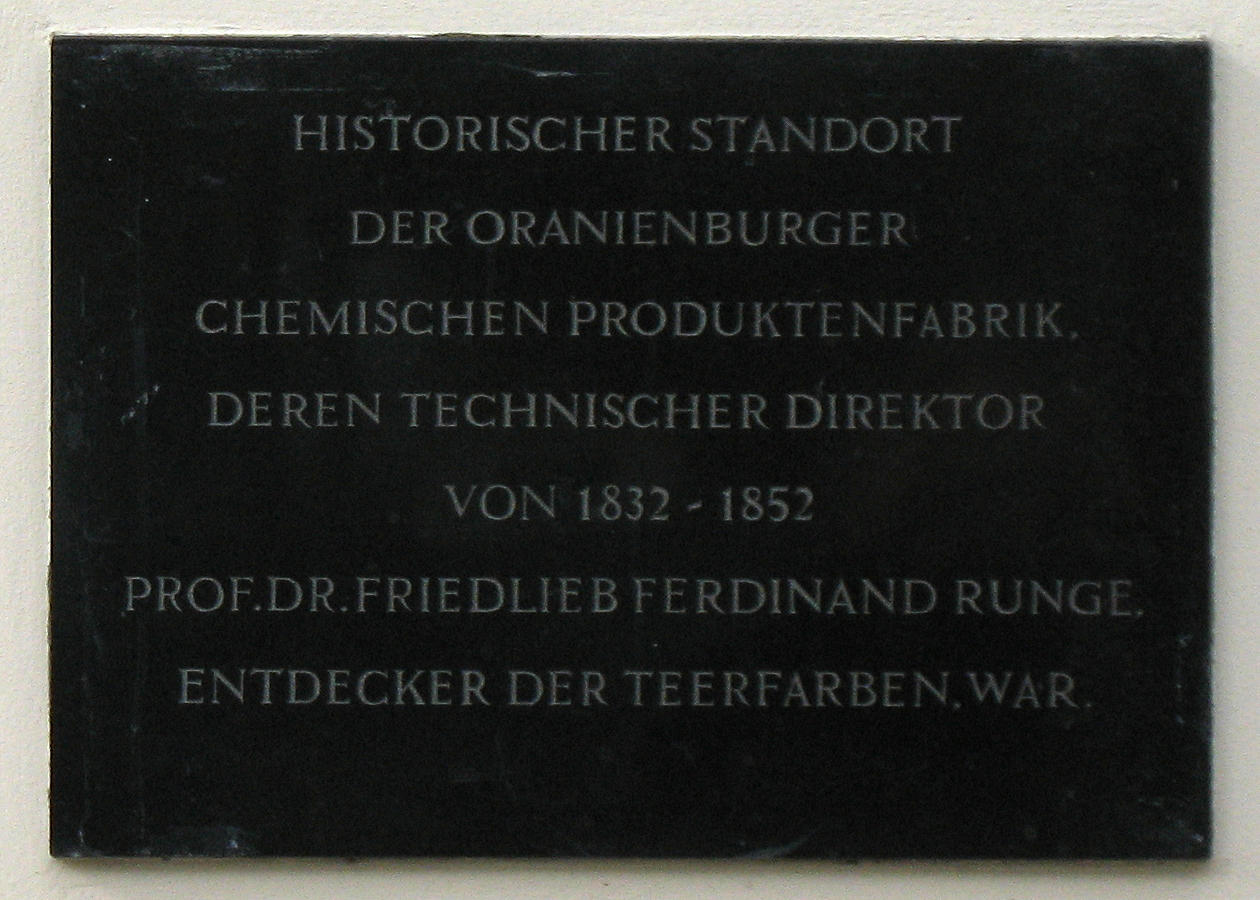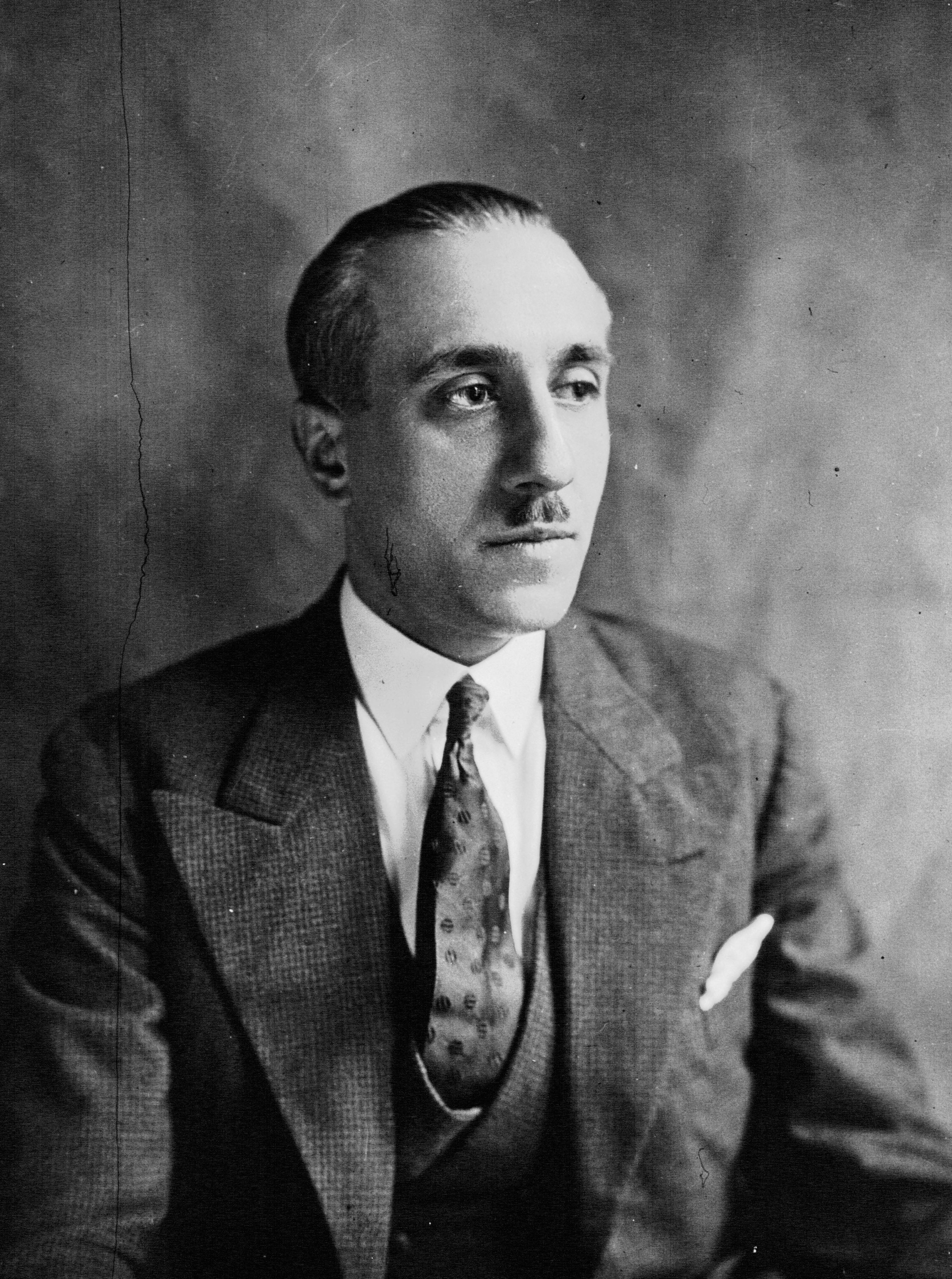|
Marie-Claude Vaillant-Couturier
Marie-Claude Vaillant-Couturier (born Vogel; 3 November 1912 – 11 December 1996) was a member of the French Resistance as well as a photojournalist, Communist and later, French politician. Biography Photojournalist Vaillant-Couturier's father, Lucien Vogel was an editor who created ''Vu (magazine), Vu'' magazine in 1928. Her mother, Cosette de Brunhoff, whose brother Jean de Brunhoff created Babar the Elephant, was the first editor-in-chief of ''Vogue Paris''. Vaillant-Couturier became a photojournalism, photojournalist at a time when the trade was overwhelmingly male, which earned her the nickname of “the lady in Rolleiflex”. She joined the Association des Écrivains et Artistes Révolutionnaires (AEAR) and in 1934 the Mouvement Jeunes Communistes de France (MJCF), the Communist Youth Movement of France, as well as in 1936, the Union of the Girls of France. In 1934, she married Paul Vaillant-Couturier, founder of the Republican Association of Ex-servicemen, a communist ... [...More Info...] [...Related Items...] OR: [Wikipedia] [Google] [Baidu] |
Paris
Paris () is the capital and most populous city of France, with an estimated population of 2,165,423 residents in 2019 in an area of more than 105 km² (41 sq mi), making it the 30th most densely populated city in the world in 2020. Since the 17th century, Paris has been one of the world's major centres of finance, diplomacy, commerce, fashion, gastronomy, and science. For its leading role in the arts and sciences, as well as its very early system of street lighting, in the 19th century it became known as "the City of Light". Like London, prior to the Second World War, it was also sometimes called the capital of the world. The City of Paris is the centre of the Île-de-France region, or Paris Region, with an estimated population of 12,262,544 in 2019, or about 19% of the population of France, making the region France's primate city. The Paris Region had a GDP of €739 billion ($743 billion) in 2019, which is the highest in Europe. According to the Economist Intelli ... [...More Info...] [...Related Items...] OR: [Wikipedia] [Google] [Baidu] |
Babar The Elephant
Babar the Elephant (, ; ) is an elephant character who first appeared in 1931 in the French children's book ''Histoire de Babar'' by Jean de Brunhoff. The book is based on a tale that Brunhoff's wife, Cécile, had invented for their children. It tells of a young elephant, named Babar, whose mother is killed by a hunter. Babar escapes, and in the process leaves the jungle in exile, visits a big city, and returns to bring the benefits of civilization to his fellow elephants. Just as he returns to his community of elephants, their king dies from eating a bad mushroom. Because of his travels and civilization, Babar is chosen king of the elephant kingdom. He marries his cousin, Celeste, and they subsequently have children and teach them valuable lessons. Story synopsis After Babar's mother is shot and killed by a hunter, he flees the jungle and finds his way to an unspecified big city with no particular characteristics. He is befriended by the Old Lady, who buys him clothes and ... [...More Info...] [...Related Items...] OR: [Wikipedia] [Google] [Baidu] |
International Brigades
The International Brigades ( es, Brigadas Internacionales) were military units set up by the Communist International to assist the Popular Front government of the Second Spanish Republic during the Spanish Civil War. The organization existed for two years, from 1936 until 1938. It is estimated that during the entire war, between 40,000 and 59,000 members served in the International Brigades, including some 10,000 who died in combat. Beyond the Spanish Civil War, "International Brigades" is also sometimes used interchangeably with the term foreign legion in reference to military units comprising foreigners who volunteer to fight in the military of another state, often in times of war. The headquarters of the brigade was located at the Gran Hotel, Albacete, Castilla-La Mancha. They participated in the battles of Madrid, Jarama, Guadalajara, Brunete, Belchite, Teruel, Aragon and the Ebro. Most of these ended in defeat. For the last year of its existence, the International Brig ... [...More Info...] [...Related Items...] OR: [Wikipedia] [Google] [Baidu] |
Dachau Concentration Camp
, , commandant = List of commandants , known for = , location = Upper Bavaria, Southern Germany , built by = Germany , operated by = ''Schutzstaffel'' (SS) , original use = Political prison , construction = , in operation = March 1933 – April 1945 , gas chambers = , prisoner type = Political prisoners, Poles, Romani, Jews, homosexuals, Jehovah's Witnesses, Catholic priests, Communists , inmates = Over 188,000 (estimated) , killed = 41,500 (per Dachau website) , liberated by = U.S. Army , notable inmates = , notable books = , website = Dachau () was the first concentration camp built by Nazi Germany, opening on 22 March 1933. The camp was initially intended to intern Hitler's political opponents which consisted of: communists, social democrats, and other dissidents. It is located on the grounds of an abandoned munitions factory northeast of the medieval town of Dachau, about northwest o ... [...More Info...] [...Related Items...] OR: [Wikipedia] [Google] [Baidu] |
Oranienburg
Oranienburg () is a town in Brandenburg, Germany. It is the capital of the district of Oberhavel. Geography Oranienburg is a town located on the banks of the Havel river, 35 km north of the centre of Berlin. Division of the town Oranienburg consists of nine districts: * Friedrichsthal * Germendorf * Lehnitz * Malz * Oranienburg * Sachsenhausen * Schmachtenhagen * Wensickendorf * Zehlendorf History Originally named Bötzow, the town of Oranienburg dates from the 12th century and was first mentioned in 1216. Margrave Albert the Bear (ruled 1157–1170) allegedly ordered the construction of a castle on the banks of the Havel. Around the castle stood a settlement of traders and craftsmen. In 1646, Friedrich Wilhelm I of Brandenburg married Louise Henriette of Orange-Nassau (German: ''Oranien-Nassau''). She was so attracted by the town of Bötzow that her husband presented the entire region to her. The princess ordered the construction of a new castle in the Dutch style and ... [...More Info...] [...Related Items...] OR: [Wikipedia] [Google] [Baidu] |
Adolf Hitler
Adolf Hitler (; 20 April 188930 April 1945) was an Austrian-born German politician who was dictator of Nazi Germany, Germany from 1933 until Death of Adolf Hitler, his death in 1945. Adolf Hitler's rise to power, He rose to power as the leader of the Nazi Party, becoming the Chancellor of Germany, chancellor in 1933 and then taking the title of in 1934. During his dictatorship, he initiated European theatre of World War II, World War II in Europe by invasion of Poland, invading Poland on 1 September 1939. He was closely involved in military operations throughout the war and was central to the perpetration of the Holocaust: the genocide of Holocaust victims, about six million Jews and millions of other victims. Hitler was born in Braunau am Inn in Austria-Hungary and was raised near Linz. He lived in Vienna later in the first decade of the 1900s and moved to Germany in 1913. He was decorated during his Military career of Adolf Hitler, service in the German Army in Worl ... [...More Info...] [...Related Items...] OR: [Wikipedia] [Google] [Baidu] |
Nazism
Nazism ( ; german: Nazismus), the common name in English for National Socialism (german: Nationalsozialismus, ), is the far-right totalitarian political ideology and practices associated with Adolf Hitler and the Nazi Party (NSDAP) in Nazi Germany. During Hitler's rise to power in 1930s Europe, it was frequently referred to as Hitlerism (german: Hitlerfaschismus). The later related term "neo-Nazism" is applied to other far-right groups with similar ideas which formed after the Second World War. Nazism is a form of fascism, with disdain for liberal democracy and the parliamentary system. It incorporates a dictatorship, fervent antisemitism, anti-communism, scientific racism, and the use of eugenics into its creed. Its extreme nationalism originated in pan-Germanism and the ethno-nationalist '' Völkisch'' movement which had been a prominent aspect of German nationalism since the late 19th century, and it was strongly influenced by the paramilitary groups that emerged af ... [...More Info...] [...Related Items...] OR: [Wikipedia] [Google] [Baidu] |
Georges Cogniot
Georges Cogniot (15 December 1901 in Montigny-lès-Cherlieu, Haute-Saône – 12 March 1978) was a French writer, philosopher and politician of the French Communist Party The French Communist Party (french: Parti communiste français, ''PCF'' ; ) is a political party in France which advocates the principles of communism. The PCF is a member of the Party of the European Left, and its MEPs sit in the European Un .... Biography He was born Georges Auguste Alexandre Cogniot in to a middle class family and graduated from École normale supérieure (Paris), École normale supérieure. A member of the French Communist Party since 1922 he was elected to its central committee in 1926. Prior to the Second World War he was elected to the National Assembly (France), French National Assembly as part of the Popular Front (France), Popular Front. He was an organizer of the World Committee Against War and Fascism and protested against the Munich Agreement. He was the representative of t ... [...More Info...] [...Related Items...] OR: [Wikipedia] [Google] [Baidu] |
Gabriel Péri
Gabriel Péri (Peri) (9 February 1902 — 15 December 1941) was a prominent French Communist journalist and politician, and member of the French Resistance. He was executed in Nazi-occupied France during World War II. Early life Péri was born in Toulon to a Corsican family. Forced to give up his studies at an early age, the First World War and Russian Revolution had a profound effect on him and his involvement in revolutionary politics. He immersed himself in political activities, and wrote for newspapers in Aix-en-Provence and Marseille. Career and execution At the age of twenty-two, Péri became departmental manager of Foreign Politics at ''l'Humanité''. He was elected deputy to the National Assembly for Argenteuil in 1932 and re-elected in 1936. In the French National Assembly, Péri distinguished himself as an expert in the field of diplomatic and international relations and was a strident anti-fascist. He denounced both Benito Mussolini's invasion of Ethiopia a ... [...More Info...] [...Related Items...] OR: [Wikipedia] [Google] [Baidu] |
Association Des Écrivains Et Artistes Révolutionnaires
The (AEAR) was a French association of revolutionary artists and writers active between 1932 and 1939. An association of the same name was formed in 2006. The AEAR was founded by communist and communist-sympathizing writers in March 1932 as the French section of the International Union of Revolutionary Writers, established by the Comintern in the Soviet Union in 1930. Leading figures included Paul Vaillant-Couturier, Léon Moussinac, Charles Vildrac and Francis Jourdain. Originally the task of the organization was to promote Soviet art and culture but later under the direction Vaillant-Couturier, members of the AEAR mobilized against war and fascism after the organization released the brochure "Those who have chosen, Against fascism in Germany. Against French imperialism". Together with the Fédération Musicale Populaire (FMP), the organization played a key role in introducing Soviet music to France. Among other activities, the AEAR published the journal ''Commune''. Nota ... [...More Info...] [...Related Items...] OR: [Wikipedia] [Google] [Baidu] |





